Rhonda Keen understands why Lake Tahoe draws so many people. There is the lake itself – miles of beach along cobalt blue water – skiing and snowboarding in the Sierra Nevada, and the charms of the small mountain towns.
December is usually among the busiest months for tourists, but this winter California’s fresh lockdown order was supposed to put an end to all that. Local authorities asked visitors to honor the containment measures, which told people to stay home and avoid unnecessary travel.
Yet to the surprise of Keen and other residents, the tourists have continued to come. They’re booking vacation rentals, pouring into local grocery stores and hitting the slopes.
“Who are these people? Why aren’t they home?” Keen recently wondered as she sat in traffic on the way into South Lake Tahoe, a town at the lake’s lower edge.
California’s stay-at-home order came during the state’s darkest period of the pandemic, with cases skyrocketing and hospitals overloaded. El Dorado county, where part of Lake Tahoe is located, is reporting hundreds of new cases a week.
But lax enforcement and Tahoe’s unique location has complicated efforts to keep visitors at bay. The lake straddles both California and Nevada; and the Nevada side is open to tourists and has far fewer restrictions. Vacation homes and Airbnbs across the region are continuing to host guests, while ski resorts, exempt from closure by California order, also continue to operate.
The reality has left the tourism-dependent region stuck between “Covid and a hard place,” said Scott Robbins, a former city council candidate and remote worker. Businesses are struggling, and need what influx of tourism they can get to stay afloat. Yet many are also wondering how to keep themselves safe and prevent an outbreak that could overwhelm local hospitals. The stay-at-home order is expected to expire soon, and residents are at a loss as to how to protect the community.
How California went from a leader in the Covid fight to a state in despair
Read more
“It almost doesn’t matter what we do,” Keen said. “We have so many people coming from outside … we need those tourists so we can all have jobs and pay rent but with the tourists comes the risk. All you can do is try to mitigate it.”
Lake Tahoe has long been a destination in the Golden State, with an economy largely centered on tourism. Under the first lockdown in the spring, with ski resorts closed and Nevada under similar restrictions, the area was a ghost town, said Chris Fiore, the South Lake Tahoe communications manager. But after the months-long lockdown, vacation-starved visitors flooded the region over the summer, creating traffic, litter problems and crowds that some residents described as akin to Fourth of July all season long.
“Summer season was like spring break on the beaches. We went to the beach once and had to hide with masks in the treeline,” said Chelsea Altman, who moved to her family’s home in the area in March. “People don’t care.” Altman had to leave her home in Los Angeles and since arriving in Tahoe has almost entirely avoided public spaces because she has an immune system disorder that makes her more susceptible to infection.
Though this month hasn’t been as busy as the summer, new families are moving into vacation rentals every week, grocery stores are more crowded than usual, and enforcement of the order is non-existent, residents report. South Lake Tahoe is logging complaints, Fiore said, but it doesn’t have the capacity to knock on every door in town.
“We have seen people coming into town who more than likely do not live here. We can’t put a gate over Echo Summit and check IDs as people come in,” Fiore said. “If people are going to come, the best thing we can do is educate them on how to keep people safe.”
The El Dorado county sheriff’s office has said it would focus on education rather than enforcement of the stay-at-home order. Heavenly Village, a shopping and entertainment center, has encouraged people to come to the area for the holidays and said: “There are currently and have been no fines, fees or enforcement assessment for travel to South Lake Tahoe or the Nevada properties.”
That’s frustrating for residents like Keen, a real estate agent whose husband is a first responder and recently had Covid-19.
“I know [tourism] is a big part of the lifeblood of this town. It’s a big part of my business personally but at the same time I don’t want to get sick. I don’t want my friends and family to get sick,” she said.
Robbins, the former city council candidate, was one of the first documented Covid-19 cases in the region and is still suffering long-term symptoms. He says he’s also frustrated by the lack of enforcement and meaningful support for local businesses.
“When the shutdown first happened the stimulus checks and unemployment made it feasible for them to be unemployed without it being a matter of putting food on the table. We need to be in the shutdown situation but there is no help coming,” he said.
Despite the continued tourism, local businesses say they are struggling and seeing far fewer customers than they normally would.
“Now that we’re not doing any outdoor seating, it’s making it rough,” said Kyle McQueen, the general manager at Sonney’s BBQ Shack Bar & Grill, located in the Y neighborhood of South Lake Tahoe, about two miles from the water. “I laid off probably 85% of my staff. We’re barely keeping our doors open.”
“Where we’re at is a tourist destination. They’re what make our businesses,” he added. “Having them not up here is probably hurting us more than helping us.”
Aaron Abrams, the owner of the Free Bird, a cafe that serves homemade chai and organic smoothies, has laid off almost all of his workers, and with waiters and bartenders all over town out of work, business from locals is down too.
“I am concerned about people’s health and public safety,” Abrams said. “But as far as business it’s just difficult to keep going. It’s taking a toll.”
The city of South Lake Tahoe is trying to support businesses, Fiore said, and recently approved a take out reimbursement program, setting aside $100,000 for restaurants to buy to-go containers and other items to carry-out meals. But, Fiore added, the stay-at-home order is an important part of reopening Tahoe.
“The more we follow these orders the sooner we can get back to the South Lake Tahoe we know and love.”
Robbins views the continued tourism and struggling businesses as a local and national failure.
“Our small town can’t print money,” Robbins said. “Without help from the federal government, real meaningful help, people will keep needing to serve the tourism industry. We will see more illness, the hospital will only get more full and service workers will only get more hurt.”



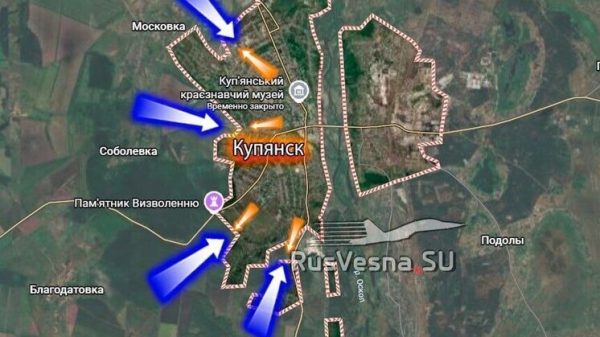
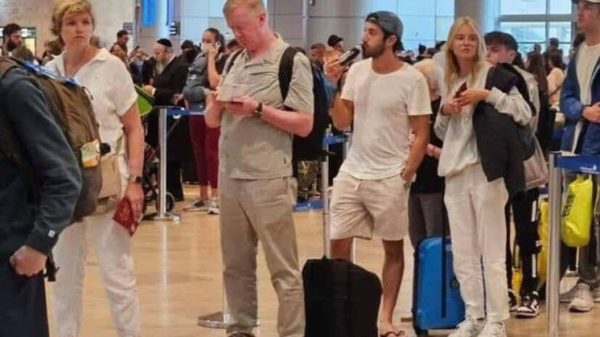




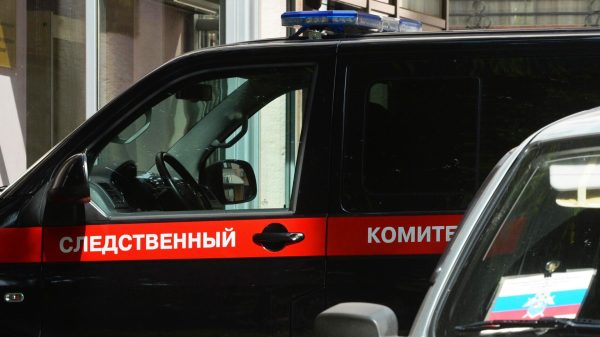



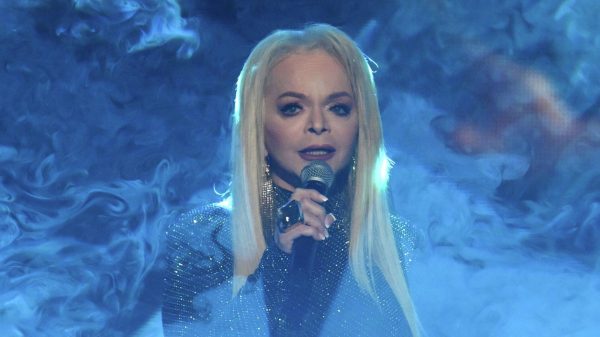

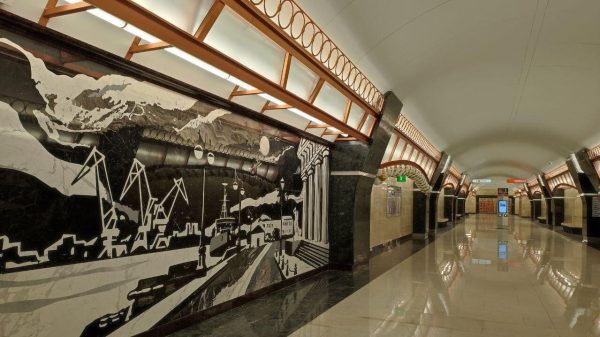





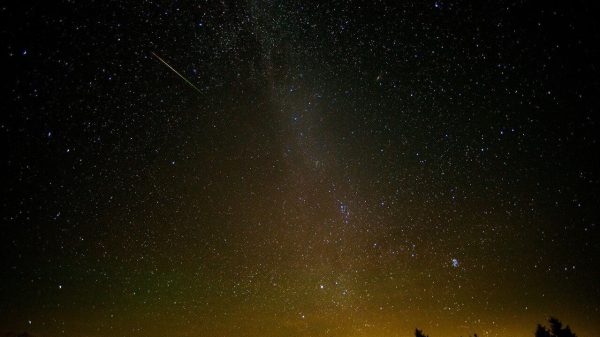






























Свежие комментарии